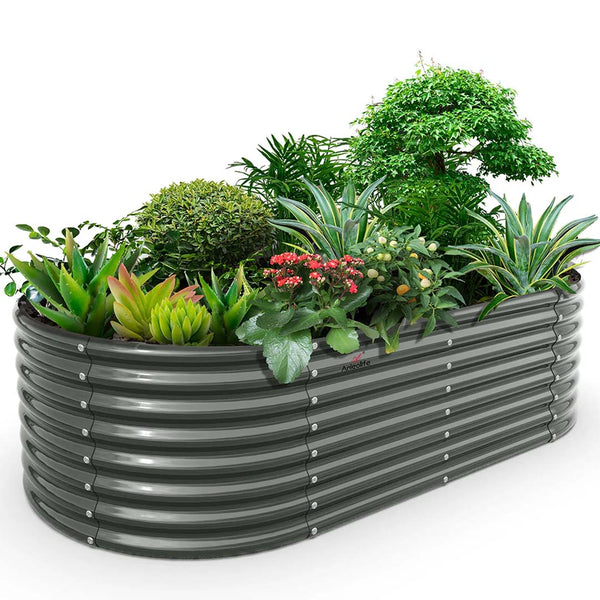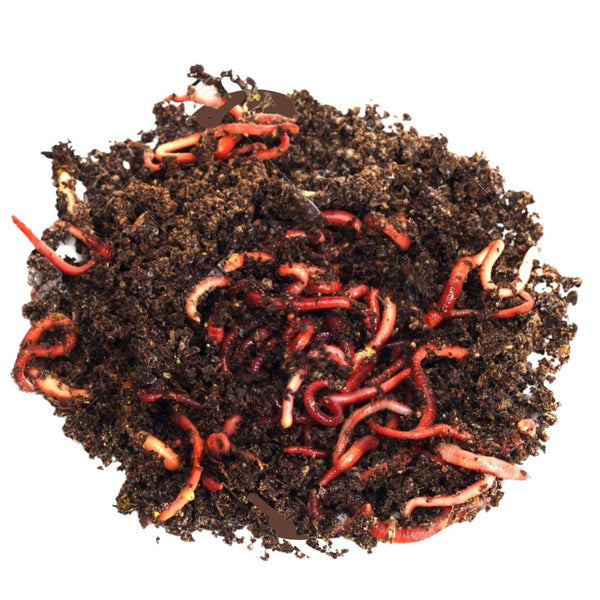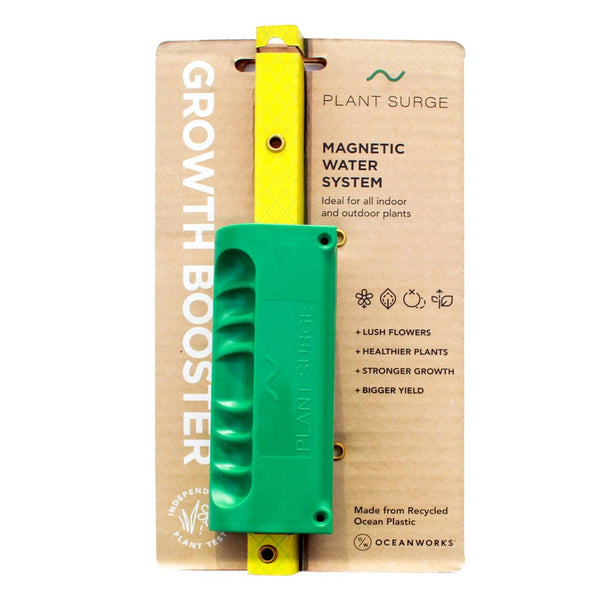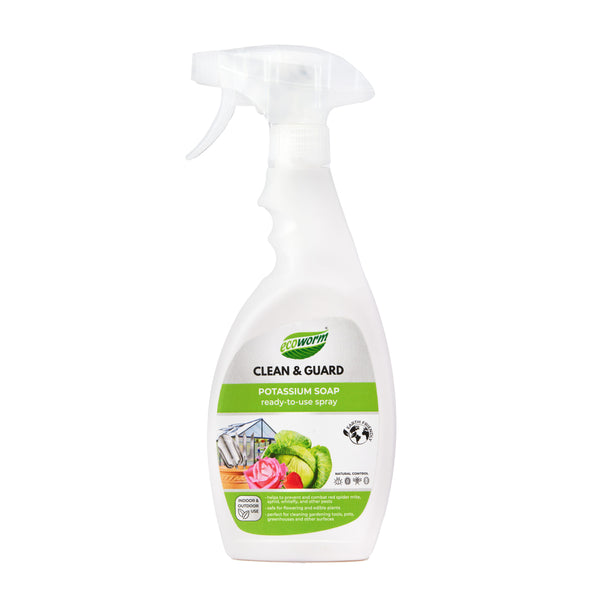The Raised Planter Boxes That Make Growing Food Possible In Impossible Spaces

Understanding Raised Garden Beds
Raised garden beds are a nifty way to grow your own veggies, even if your backyard is more concrete jungle than lush oasis. Let's chat about why these elevated plots might just be your new best friend in the gardening game.
Benefits of Raised Beds
Raised beds come with a bunch of perks that make them a gardener's dream:
- Water Control: These beds are like the Goldilocks of gardening—just the right amount of water, not too much, not too little. No more soggy roots or thirsty plants (National Garden Bureau).
- Pest Protection: With your plants sitting pretty up high, pests have a harder time crashing the party.
- Season Extension: Raised beds soak up the sun faster in spring, giving you a head start on the growing season.
- Soil Quality Control: You get to play soil scientist, mixing up the perfect blend for your plants, especially if your local dirt is more like a brick (Azure Farm Life).
- Accessibility: No more bending and stooping—raised beds are kinder to your back and knees, making gardening a breeze for everyone (Azure Farm Life).
Advantages Over In-Ground Gardens
Why go raised instead of digging in the dirt? Here’s the scoop:
- Flexibility in Location: Plop these beds anywhere—patios, balconies, rooftops. If it’s flat, it’s fair game.
- Weed Control: With raised beds, weeds are less of a headache. Fill 'em with clean soil, and you’re halfway to a weed-free zone (Azure Farm Life).
- Improved Growing Conditions: You’re the boss of your garden’s environment—control the fertilizer, mulch, and water like a pro (Azure Farm Life).
- Enhanced Drainage: No more swampy soil—raised beds drain like a dream, keeping roots happy and healthy (National Garden Bureau).
- Reduced Soil Compaction: Your plants’ roots will thank you for the breathing room, growing strong and deep without the squeeze.
| Feature | Raised Beds | In-Ground Gardens |
|---|---|---|
| Water Control | Top-notch | So-so |
| Pest Protection | High | Low |
| Season Extension | Yes | Nope |
| Soil Quality Control | High | Low |
| Accessibility | High | Low |
| Flexibility in Location | High | Low |
| Weed Control | High | Moderate |
| Improved Growing Conditions | High | Moderate |
| Enhanced Drainage | Yes | Nope |
| Reduced Soil Compaction | Yes | Nope |
Raised beds are like the Swiss Army knife of gardening—versatile and ready for anything. Whether you're a backyard food grower, an urban gardener, or a no-till organic gardener, these beds can help you grow a garden that’s the envy of the neighborhood. Want to get started? Check out our guide on raised garden boxes DIY.
Choosing the Right Material
Picking the right stuff for your raised planter boxes is key to making sure they last, look good, and do their job. Let's check out the top three choices: wood, steel, and stone.
Wood, Steel, or Stone?
Wood
Wood's the go-to for many when it comes to building raised garden beds. It's easy on the wallet and looks great. Cedar, redwood, cypress, and hemlock are solid picks that can stick around for years. The thicker the board, the longer it'll last, so aim for at least two inches thick.
Pros:
- Budget-friendly
- Natural vibe
- Easy to handle
Cons:
- Can rot or attract pests
- Needs some TLC
| Wood Type | Durability (Years) | Cost |
|---|---|---|
| Cedar | 10-15 | $ |
| Redwood | 15-20 | $ |
| Cypress | 10-15 | $ |
| Hemlock | 5-10 | $ |
Steel
Steel beds are tough cookies, sticking around for decades if you keep rust at bay. Corten and powder-coated steel are top picks for garden designs. You can even use old water troughs or containers made of stainless or galvanized steel, which are great for small kitchen gardens.
Pros:
- Super durable
- Sleek look
- Low fuss
Cons:
- Can make soil too hot
- Costs more upfront
| Steel Type | Durability (Years) | Cost |
|---|---|---|
| Corten Steel | 20+ | $$ |
| Powder-Coated Steel | 15-20 | $ |
| Galvanized Steel | 10-15 | $ |
Stone
Stone is the heavyweight champ of raised bed materials, offering both beauty and longevity. It's safe for food, can be sourced locally, and handles all kinds of weather. While it might be a bit of a splurge, it's a solid and eye-catching choice for raised beds.
Pros:
- Built to last
- Looks great
- Low fuss
Cons:
- Pricey to start
- Heavy and hard to move
| Stone Type | Durability (Years) | Cost |
|---|---|---|
| Natural Stone | 50+ | $$ |
| Manufactured Stone | 30-50 | $ |
Factors to Consider in Material Selection
When picking a material for your raised planter boxes, think about these:

- Durability: Go for something that can take a beating and last. Wood, steel, and stone all have different levels of toughness.
- Cost: Keep your budget in mind. Wood's usually the cheapest, then steel, and stone's the priciest.
- Aesthetics: Make sure the material fits your home's style for a seamless garden look.
- Maintenance: Some materials need more love than others. Wood might need regular care, while steel and stone are more hands-off.
- Sustainability: Choose eco-friendly options that match your gardening values. Untreated wood, steel, and stone are good for the planet.
By weighing these factors, you can pick the best material for your raised garden bed that suits your needs and makes gardening a joy. For more tips on gardening in raised beds and raised garden kits, check out our other articles.























